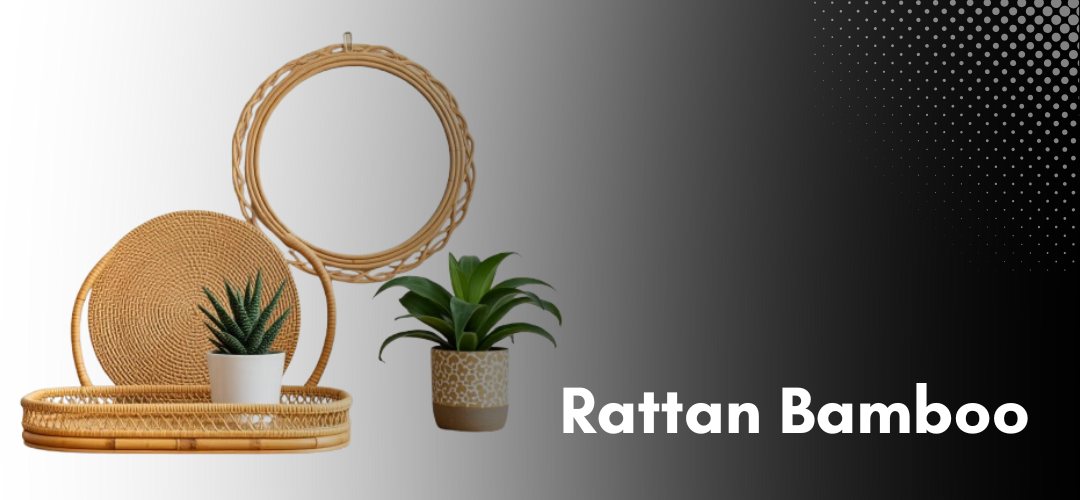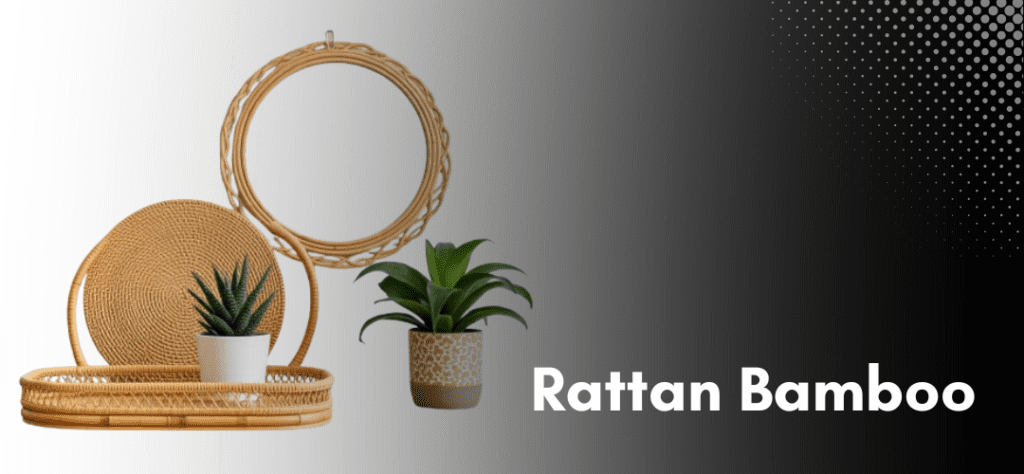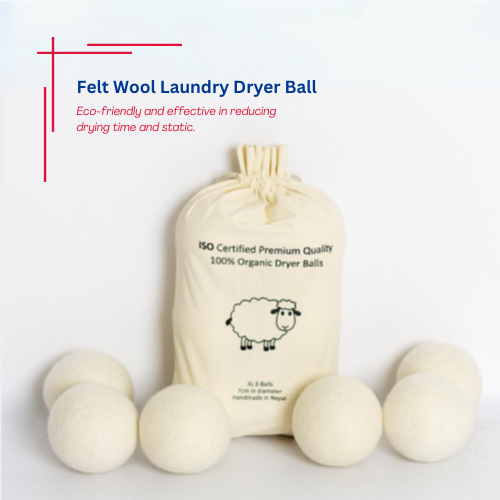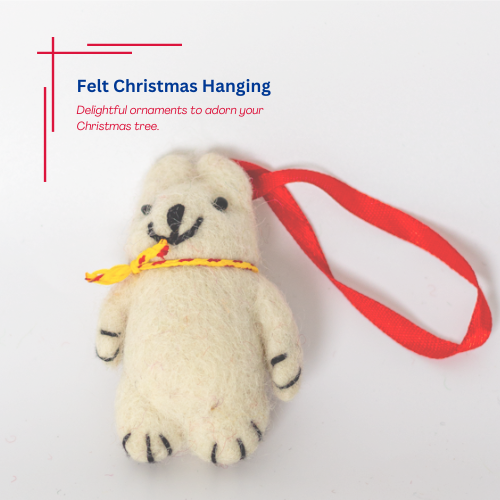Sourcing Nepal’s Rattan Bamboo Furniture

Beautiful and Durable Bamboo Furniture for Your Home
Sourcing Nepal brings you a collection of rattan bamboo furniture designed to enhance the beauty of any living space. Our products range from trays, plant pots, and laundry baskets to mirrors, shelves, shoe racks, baskets, and a variety of other aesthetic home pieces. Each item is handmade with an emphasis on quality, durability, and natural beauty, offering sustainable elegance for modern interiors.
Handmade and Aesthetic
Crafted by skilled artisans, our rattan bamboo furniture highlights the warmth and character of natural materials. Every piece embodies artisanal craftsmanship, making it a unique addition to your home decor. The aesthetic appeal of bamboo complements both contemporary and traditional interiors, adding a cozy, rustic touch that’s timeless and versatile.
Durable and Eco-Friendly Design
Our bamboo furniture is not only beautiful but also built to last. Bamboo is naturally strong and resilient, providing a durable option for daily use in high-traffic areas. From laundry baskets to shelving, each piece is designed to withstand regular wear and tear while maintaining its natural beauty and structure. Choosing bamboo furniture from Sourcing Nepal also supports sustainable practices, as bamboo is a fast-growing, eco-friendly material.
Custom Design Options Available
Looking for something unique? Sourcing Nepal offers custom designs to meet specific style and size requirements. Whether you envision custom shelving, tailored baskets, or a uniquely styled mirror, our team can bring your ideas to life, ensuring each piece fits perfectly within your space.

Why Choose Sourcing Nepal’s Rattan Bamboo Furniture?
1.Aesthetic Appeal
2.Durable and Eco-Friendly
3. Handmade with Quality Craftsmanship
4. Custom Design Options
Trending Felt Products



Felt making is an ancient craft that has been passed down through generations in Nepal. The process begins with raw wool, which is cleaned and carded to remove impurities. The wool is then dyed using natural dyes derived from plants and minerals, giving it vibrant colors. The actual felting process involves layering the wool and applying heat, moisture, and pressure to bind the fibers together. This can be done using traditional techniques, such as rubbing and rolling the wool by hand, or with modern equipment for larger-scale production. The result is a durable and versatile fabric that can be shaped and molded into various products.


